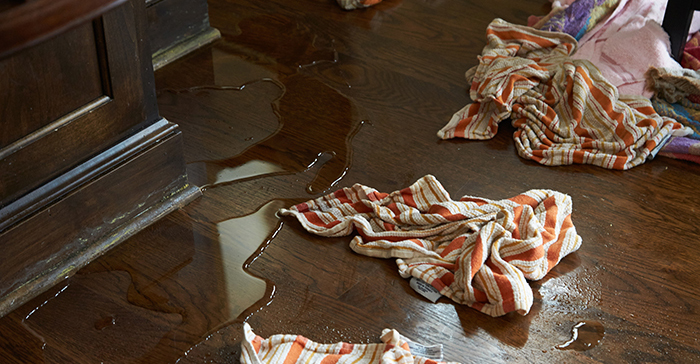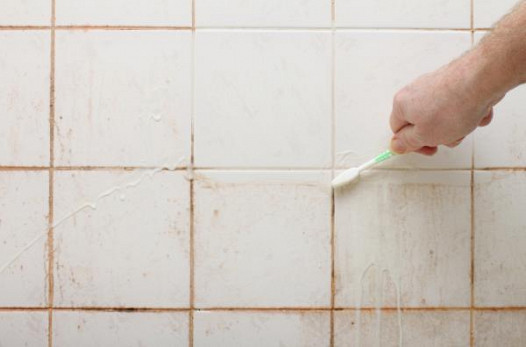Just how to Prevent a Water Damaged Bathroom
Just how to Prevent a Water Damaged Bathroom
Blog Article
Have you been looking for help concerning Common Causes of Water Damage in a Bathroom?

The shower room is incredibly vulnerable for damp build-up as well as possible water damages as a result of the constant use water in it. This article offers simple evaluation methods to assist finding water damages threats.
The constant use water in the bathroom makes it extremely susceptible for moist build-up as well as prospective water damage. By checking it frequently, you can minimize water associated problems.
The complying with collection of assessments is simple to do as well as must be done when in every 3 months in order to keep your bathroom in good shape and to prevent possible water problems brought on by the bath tub, the shower, pipeline joints as well as plumbing, sinks, cupboards, as well as the toilet
Do not overlook performing these examinations and also be complete while doing them. Bear in mind that these easy evaluations can conserve you a great deal of cash by supplying early indications for water damage
Bath tub as well as Shower
The shower and also tub call for special focus and maintenance. Examine the tiles as well as change if broken. See to it that there is no missing cement in between the tiles. Evaluate and change broken caulking at joints where the wall surfaces meet the flooring or the bathtub. Blocked drains as well as pipelines issues will certainly avoid the bath tub from drying as well as might indicate severe problems underneath the bath tub. Speak with a specialist instantly to avoid architectural damage. Focus on discolorations or soft areas around the bath tub walls as they may show an internal leak.
Plumbing
Signs for water damages are hard to discover given that most pipes are set up inside the wall surfaces.
Pay special interest to floor covering and walls wetness and also stains as they may suggest an unseen plumbing problem. Examine moisture degrees in adjacent rooms also.
Sinks and also Cabinets
Sinks and cupboards are exposed to wetness as well as moisture daily as well as are often overlooked. Check consistently under the sink and on the counter top over it. Fix any drip in the trap as it might recommend drain issues. Browse the sink, slow-moving draining pipes may indicate a blocked drain. Replace sink seals if they are split or loosened.
The Commode
The commode is an at risk water joint. Examine the water lines as well as look for leakages around the bathroom seat, in the hose pipe, as well as under the water storage tank. If you find any kind of indicators of dampness on the flooring around the commode, look for leakages in the toilet edge and also container seals.
Realize that hanging bathroom dish deodorants enhances the chances for clogs.
How to Prevent Water Damage in Your Bathroom?
Water damage repair is an expensive, meticulous, and lengthy process. Unfortunately, bathrooms are the most susceptible rooms to water damage due to toilets, showers, and sinks. Pipes and fixtures wear out over time and are not immune to damage. But all is not lost, as there are ways to prevent water damage from occurring in your bathroom.
Check Your Plumbing
Nothing lasts forever, especially pipes, which can rust and begin leaking over time. You should periodically conduct pipe inspections and pay attention for any musty smells or water stains that may indicate you need water damage repair. Here are some things to check:
Frequently test valves for your toilet, shower, and sink to ensure they are properly working. Check faucet supply lines hidden under vanities and replace when needed. Replace cracked or deteriorating caulking along sinks, tubs, and showers. If you notice a clog in your sink, call in a professional. Since you can’t check the pipes in the wall, keep an eye out for stains, drywall bubbling, musty smells, and excess moisture; if the bathroom is on a second level, check the ceiling of the room directly below for these signs. Don’t Overwork Your Toilet
One of the most common reasons bathrooms need water damage repair is due to overflowing toilets. Save yourself the hassle of cleanup by being mindful and not pushing your toilet to extreme limits. If you have young children, it is especially important to keep an eye on them when they are in the bathroom and to teach them how to avoid clogging the toilet. Here are some more tips to help prevent your toilet from overflowing:
If you have a septic tank, only use septic-safe toilet paper Do not flush anything down the toilet besides toilet paper; items like diapers and sanitary napkins will clog the piping Pay attention to your toilet’s water level: If it’s low, it could mean it is partially clogged or that there is a crack in the toilet bowl Maintain Your Shower/Tub
Replace showers or tubs with cracks or other damage; even hairline cracks can allow water to seep in and cause damage. Grout and caulk help prevent water from seeping into walls and floors, so repair them if they are chipped, cracked, or deteriorating. Replace torn shower curtains or shower doors with seals that no longer work. Dry the floor and drain water from the tub immediately after use to prevent damage from sitting water. https://www.alure.com/home-improvements-blog/resources/how-to-prevent-water-damage-in-your-bathroom

We hope you enjoyed our excerpt on How to Fix a Water Damage Bathroom. Thanks a ton for taking time to read our piece. For those who liked our page kindly do not forget to share it. I praise you for your time. Please come visit our blog back soon.
View More Report this page